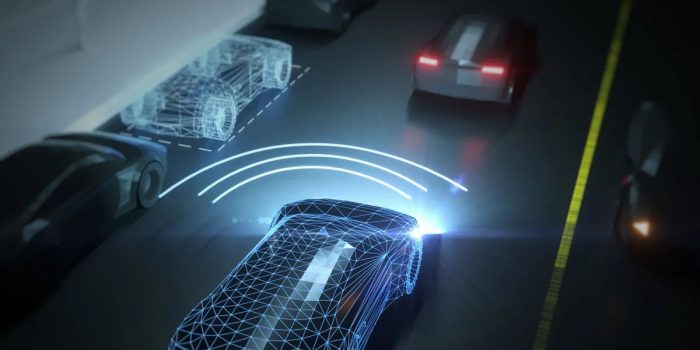John Murray-Bruce, a computer science and engineering professor at the University of South Florida (USF), along with his Ph.D. student Robinson Czajkowski, has developed a groundbreaking technology capable of reconstructing hidden scenes in 3D using just a single photograph. Their algorithm analyzes faint shadows cast by objects on nearby surfaces to generate highly accurate and colorful 3D models of occluded areas. This innovative approach has potential applications ranging from enhancing the safety of autonomous vehicles to aiding law enforcement and military operations.
Traditionally, when light interacts with objects, it creates shadows on adjacent surfaces. Murray-Bruce and Czajkowski’s algorithm leverages these shadows to create a 3D representation of the hidden scene within minutes, employing advanced mathematical techniques.
“We’re turning ordinary surfaces into mirrors to reveal regions, objects, and rooms that are outside our line of vision,” Murray-Bruce said. “We live in a 3D world, so obtaining a more complete 3D picture of a scenario can be critical in several situations and applications.”

This breakthrough, detailed in their publication in Nature Communications, distinguishes itself by utilizing an ordinary digital camera, unlike previous methods that relied on expensive specialized equipment or produced low-quality 2D reconstructions.
“Our work achieves a similar result using far less,” Czajkowski said. “You don’t need to spend a million dollars on equipment for this anymore.”
The technology holds promise across various domains. In the automotive sector, it could significantly enhance the safety of autonomous vehicles by enabling them to anticipate obstacles around corners, potentially averting accidents. Furthermore, in search and rescue operations, it could aid in locating individuals trapped in buildings or other structures.
Law enforcement agencies stand to benefit from the ability to gather crucial information about crime scenes without disturbing evidence, particularly in hazardous or inaccessible environments. For instance, reconstructing scenes of shootings or hostage situations from a safe distance could provide invaluable insights.
Beyond practical applications, the technology offers opportunities in entertainment, facilitating immersive gaming experiences and enhancing special effects in the film industry by creating more realistic virtual environments.

While the technology holds immense promise, its commercial adoption may require further development, with Murray-Bruce and Czajkowski estimating a timeline of 10 to 20 years for integration by car manufacturers and law enforcement agencies. Nevertheless, ongoing research aims to refine the algorithm’s speed and accuracy, with future applications including integration into self-driving vehicles.
“In just over a decade since the idea of seeing around corners emerged, there has been remarkable progress, and there is accelerating interest and research activity in the area,” Murray-Bruce said. “This increased activity, along with access to better, more sensitive cameras and faster computing power, form the basis for my optimism on how soon this technology will become practical for a wide range of scenarios.”
The algorithm is currently available for testing and replication by other researchers, with Murray-Bruce and Czajkowski hoping to inspire further advancements in the field. Their breakthrough has the potential to revolutionize how we perceive our surroundings, with implications spanning diverse industries. Despite the timeline for commercialization, the technology’s impact is poised to be significant in the years ahead.


